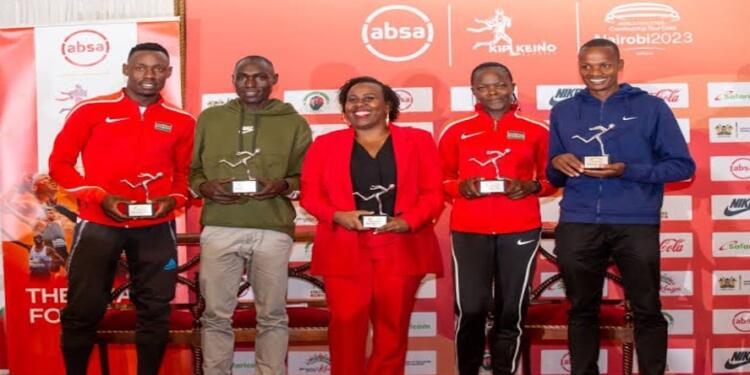Since esports are gaining more and more followers globally, sponsorships by big companies are increasingly becoming the determinant of the success of a team in any competitive match.
Such cases are meant to offer the financial support that the rest of the benefits will be guaranteed to the team. This text explores the innovative impact of these sponsorships in the esports arena.
Improved Financial Support
Financial support is one of the advantages reaped by an esports team out of inclusion by sponsors. This financial support is purportedly seen to enable the teams to:
- Enter the best training: This is to claim that the sponsorship guarantees investment in top-of-the-range training equipment, technology, and, most importantly, personnel to instil the much-desired discipline and professionalism that will guarantee the success of a team in the competitive world.
- Secure and retain the best talents: More resources mean that a team can hire and keep the best in the market, thus guaranteeing the delivery of unbeatable competitive wits.
- Have a more extended operation: This would mean that a team could be in a position to acquire a more extensive operation staff from analysts to coaches.
The support from huge sponsors like the Radhe Exchange can be crucial for esports, because it provides the funding needed for important investments.
More importantly, links with such reputable brands guarantee that any team has enough backing when in dire need, either in monetary form or in dedication to creative marketing contracts that benefit either one of the teams.
Brand Awareness, Visibility, and Reach
Sponsorship of teams also increases brand visibility. They make the team reach many more people and establish more connections in the process of branding:
- Marketing Support: Sponsors are not just financiers but growth partners, providing the resources indispensable to an esports team by improving its marketing effort. This puts the team in a better position to frame compelling stories around its brand, increasing fan engagement.
- Merchandising: Besides the strategic partnerships, merchandising gives teams the power to produce and distribute their own branded goods, opening up new revenue streams and increasing brand recognition with their fans. From jerseys to accessories and digital products, these merchandising approaches allow fans to prove their dedication physically, further endearing themselves to the team.
- Event Sponsorships: There are other ways to encourage fans, with a major one being funding and promoting high-ticket events like tournaments or even fan meet-and-greets. Not only do these event sponsorships ensure that the team gains some necessary exposure, but they also get the fans engaged and feeling like they are part of a community.
Beyond that, though, such deals have further implications for the long-term future of esports organizations in terms of extending their reach and putting that within the cultural DNA of the gaming community.
How Sponsorships Increase Fan Engagement
Another significant aspect of sponsorships is their ability to enhance fan engagement. These partnerships can lead to:
- Exclusive Content: All those juicy behind-the-scenes content, player interviews, and special team updates that are often sponsored to help keep the fans engaged and involved.
- Fan Events: Many sponsors help fund fan meetups, tournaments, and other interactive events that create a strong sense of community around the team.
- Special Promotions: Giveaways, contests, and other promotions—often with the backing of special sponsors—can hugely raise fan interaction and satisfaction.
This provides a strategic bridge for the brands to reach out and maximize visibility with the fans in an attempt to grow team support, general brand loyalty, and community cohesion. Major sponsors are driving modern growth within the esports space. Sponsorship money follows brand visibility and fan engagement, with their slice of the pie that is the fast-growing market secured.
It’s all symbiotic, a complex type of relationship among esports organizations with the sponsors but highly beneficial to both. This serves as a critical driver of competitive growth. Teams good at this will see rapid improvements in their operational capabilities, fan engagement, and competitive performance.


































